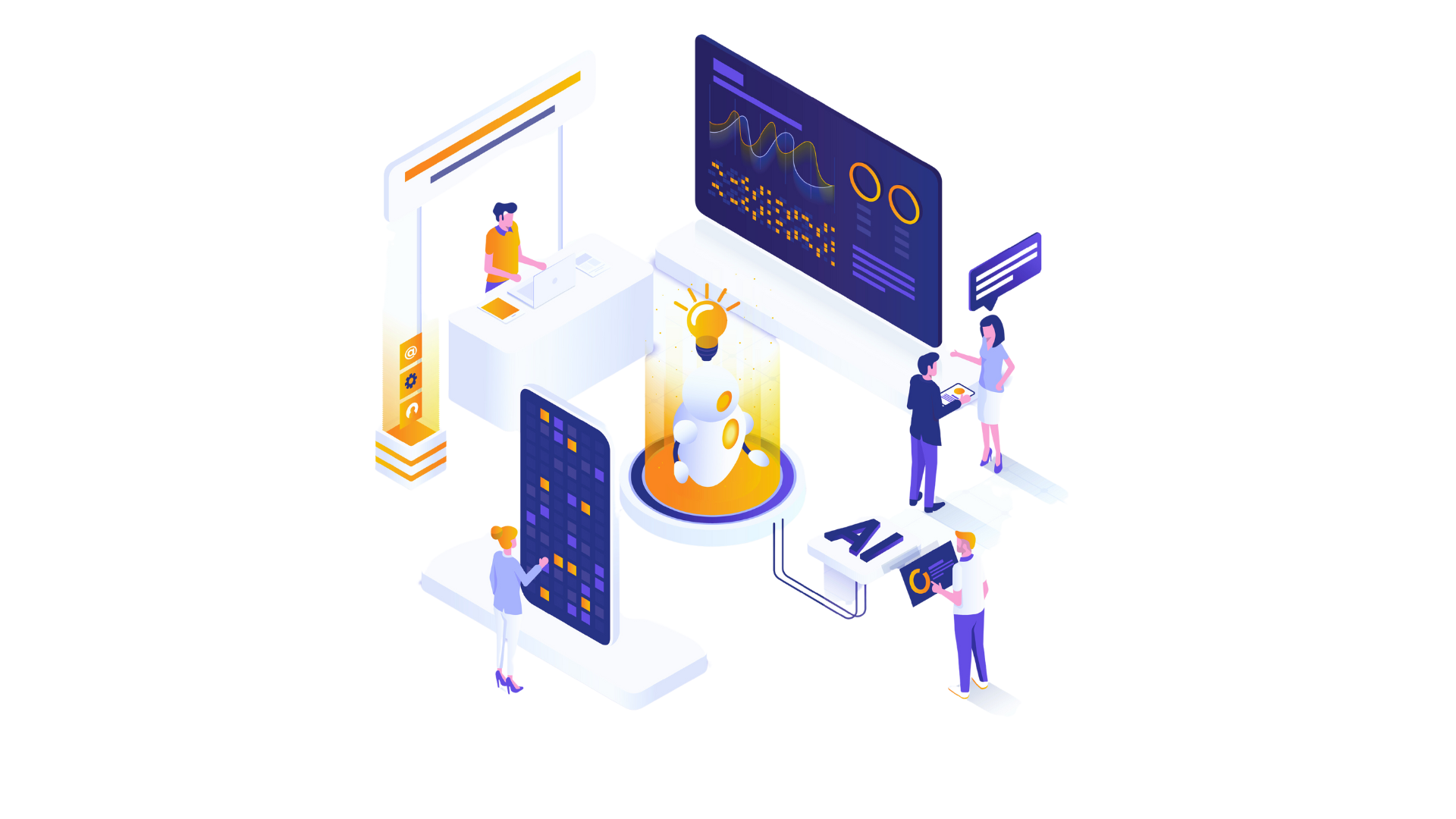Powerful translation tools strengthen the brand
Machine translation, translation or ‘CAT’ tools, term bases and translation memories are technical aids that make the translation process...

AI-powered machine translation offers faster and more accessible translation services than ever before. Behind these technological advances lies an often overlooked but invaluable resource: language data. Data is the cornerstone of quality AI translation.
Language data is a collective term for all data that, based on specific requirements, ensures the quality of the translation process. The most common data sources are translation memories and term databases.
Translation memories are databases that store previously quality assured translations for reuse in future projects. By matching new texts with previous translations, translation memories can improve the consistency and efficiency of translation work.
Term databases contain specific terms and their correct translations or equivalents in other languages. These are used to advantage in SEO work but also create great value when working with technical, legal or brand-specific terms.
Language data plays a central role in the quality of AI translations. Here are five ways in which language data is used in the translation process to achieve the desired result.
Customized Language Model: AI tools developed for translation require huge amounts of training data to deliver the desired results. Language data provides these models with examples of how words, phrases and sentences should be translated from one language to another. The more comprehensive and qualitative the data, the better AI tools will be at producing accurate and natural translations.
Industry-Specific: Language data can be customized to train AI tools in specific fields such as law, medicine or engineering. This ensures that translations are not only linguistically accurate, but also adapted to the specific terminology and style of a given field.
Continuous Improvement: By continuously feeding in new and updated language data, AI systems can improve over time. This allows them to handle new words and phrases, as well as adapt to changes in language use. AI tools use machine learning to improve their performance. By analyzing feedback and corrections from human language experts, the system can identify errors and adjust its algorithms, leading to gradual improvement in translation quality.
Multilingual Expertise: Language data allows AI to develop and improve its cultural expertise. By fine-tuning data from multiple languages and cultures, AI tools can offer translations that are more tailored to specific linguistic and cultural contexts.
Despite its value, using language data to improve AI translations is not without its challenges. One of the biggest challenges is data quality. If the data used to fine-tune AI tools is of low quality, for example containing incorrect translations or inconsistent terminology, it can lead to the tools learning incorrect patterns.
To fully harness the potential of their language data, companies should consider the following strategies:
Collecting High-Quality Data: Focus on collecting and using high-quality language data. This includes ensuring that translations are accurate and consistent, and that all data is relevant to the specific domains and languages that the AI tools will handle.
Continuous Maintenance: Implement processes to regularly update language data to ensure that AI tools always have access to the most current and relevant information.
Collaboration with Experts: Collaborate with language experts to ensure that language data is accurate and useful for specific domains. This can help AI tools better understand and manage complex terminological and stylistic requirements.
For many companies, managing language data can seem overwhelming. It requires not only technical resources but also language expertise. This is where working with experts like Comactiva can be of great help.
Comactiva offers a complete solution for companies that want to maximize the value of their language data without having to manage the complex technical and linguistic aspects themselves.
Comactiva Provides the Following Services:
Language Data Collection and Maintenance: Comactiva ensures that the data used to fine-tune the AI tools is of the highest quality, which is crucial to ensure accurate and natural translations.
Continuous Database Maintenance: To keep the AI tools up-to-date with the latest language trends and terminological changes, Comactiva offers regular updating and maintenance of language databases.
Modern AI Tools: In addition to managing language data, Comactiva also uses state-of-the-art AI tools.
Comactiva has a partnership with Phrase, a leading provider of language technology. Together with Phrase, Comactiva offers robust security features and advanced tools to protect companies' language data, ensuring that all translations are handled with the utmost integrity and security.
Book an Unconditional Meeting with Comactiva

Machine translation, translation or ‘CAT’ tools, term bases and translation memories are technical aids that make the translation process...

Diving into the realm of translation technologies, it's hard to understand the difference between the two key contenders: machine translation and AI...

If you missed the live session, the recording is your gateway to staying ahead in the game. Equip yourself with the knowledge and insights shared by...